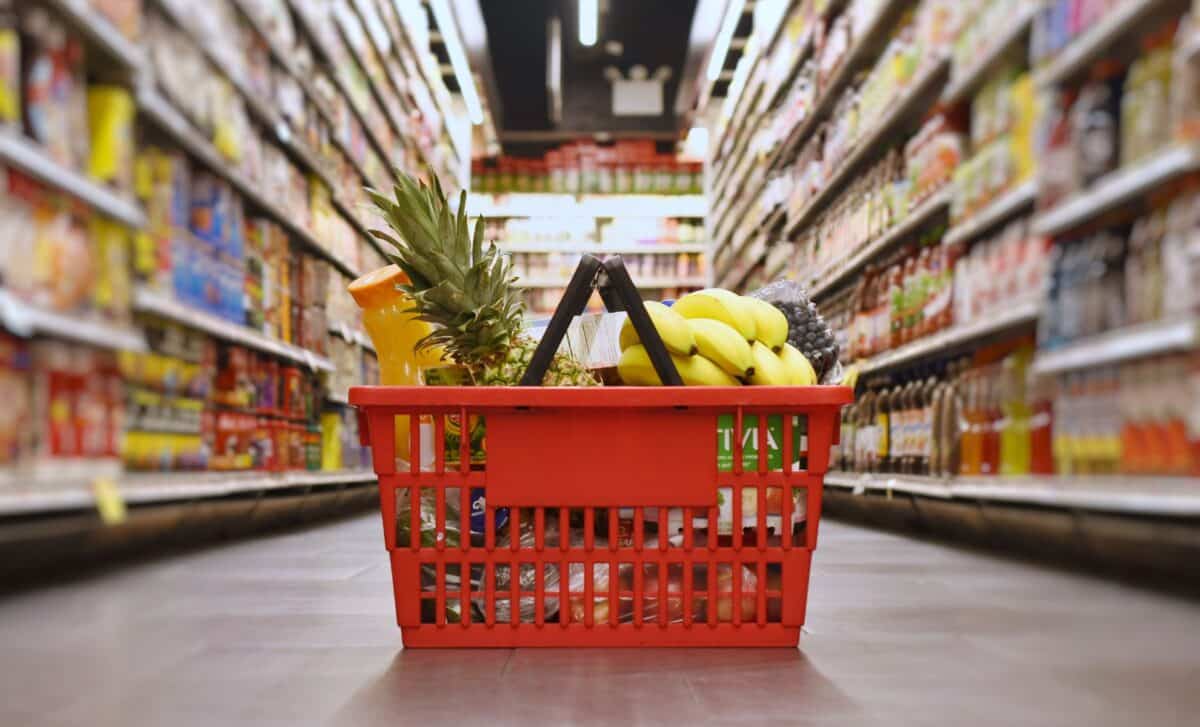Grocery prices have surged, leaving many consumers puzzled and concerned. As the cost of everyday staples like tomatoes, eggs, and coffee continues to climb, experts point to an unexpected factor at play.
How Extreme Weather Affects Crop Yields
Heatwaves, floods, and droughts, have been increasingly linked to food price hikes. In the summer of 2022, severe droughts in California and Arizona regions responsible for over 40% of U.S. vegetable production led to an 80% increase in prices by year-end. This is one example of how weather disruptions impact food production. In 2023, droughts in Mexico caused a 20% rise in vegetable prices, while droughts in Brazil contributed to a 55% increase in coffee prices worldwide. Meanwhile, heatwaves in Japan led to a 48% spike in rice prices in fall 2024.
Climate change is making these disruptions more frequent and severe. “The unprecedented nature of many of the climate conditions behind recent food price spikes highlights the ongoing threats to food security,” says Maximilian Kotz, a postdoctoral research fellow at the Potsdam Institute for Climate Impact Research.
You Always Forget People’s Names ? Here’s What That Really Says About You
The Global Reach of Food Price Increases
The effects of extreme weather on food prices aren’t limited to the U.S. Countries around the world are feeling the heat. In the UK, wet winters led to a 22% increase in potato prices. The ripple effect of these extreme events is global, with food markets interconnected. “The stuff that is shipped fresh is going to be reflected in the price right away,” says Marc Bellemare, a professor of economics at the University of Minnesota.
The intensity of these events often hits regions that are crucial to the global food supply. In Ghana and the Ivory Coast, which produce 60% of the world’s cocoa, temperatures in February 2024 soared to unprecedented levels, contributing to a staggering 300% increase in cocoa prices by April.
The Toll on Low-Income Households
The rising cost of groceries is disproportionately affecting low-income households, who spend a larger share of their income on food. A Pew Research Center survey shows that while two-thirds of Americans are concerned about increasing food prices, those with fewer financial resources are hit hardest.
The unpredictability of food prices is also impacting government aid programs like SNAP, as the value of assistance fluctuates with rising and falling prices. This makes it difficult for families to budget effectively, adding further financial strain.
Addressing the Issue: Adaptation and Solutions
The impact of extreme weather on food prices is becoming increasingly evident, and there are efforts underway to address the issue. Experts emphasize the need for enhancing agricultural resilience by developing climate-resistant crops and establishing early warning systems to help farmers prepare for unpredictable weather.
Experts stress that more investment is needed, particularly from governments, to develop technologies such as drought-resistant crops. Without such advancements, global food security remains uncertain, with the most vulnerable populations bearing the brunt.







